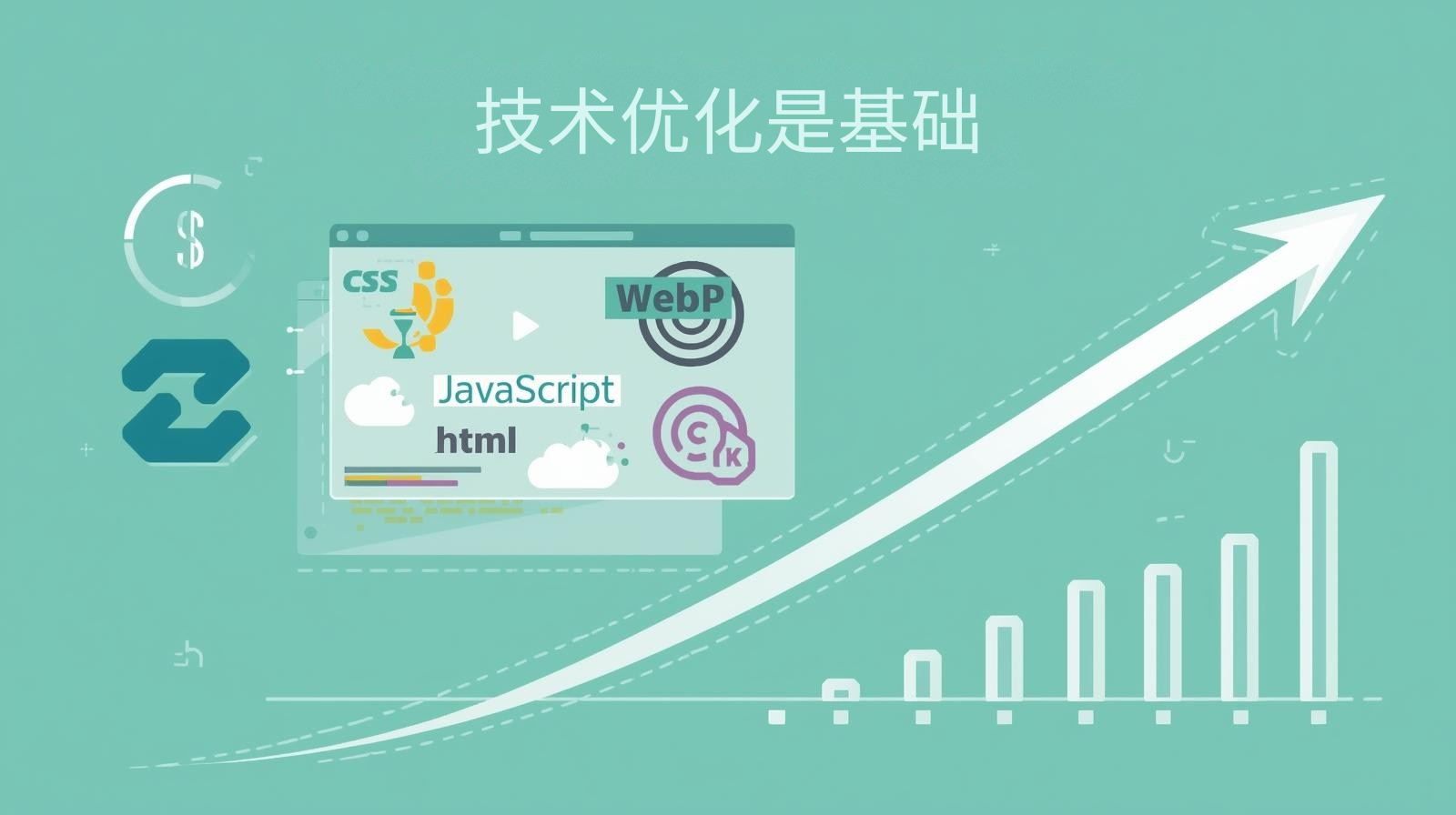In the digital business environment, the loading speed of an independent website is directly related to user experience and conversion rates. Data from the China E-Commerce Research Center (CECRC) shows that for every one-second increase in page load time, user bounce rates can increase by over 20%. This is especially true on mobile devices, where users are even more sensitive to loading speed.
Slow loading not only affects the customer's browsing experience, but also affects search engine crawling and ranking. Baidu's mobile search guide points out that website performance optimization has become one of the most important indicators for independent website SEO. Good page speed can improve website authority and increase search engine exposure in the target market.
 Technical optimization is the foundation
Technical optimization is the foundation
Optimizing the loading speed of an independent website first requires technical measures. The core measures include:
Front-end resource compression : By compressing CSS, JavaScript files and HTML code, unnecessary characters and spaces are reduced, and page parsing speed is improved.
Image optimization : Use new image formats such as WebP, and properly set image resolution and size to avoid slowing down page loading due to overly large images.
Asynchronous loading and lazy loading : asynchronously load non-critical resources, delay the loading of off-screen content, and reduce the first screen rendering time.
The World Wide Web Consortium (W3C) recommends that companies adopt lightweight code structures and reasonable resource management strategies when building independent websites to ensure website compatibility and access speed.
Caching strategy and CDN acceleration
An effective caching strategy can significantly reduce server requests and improve access speed. Independent websites can leverage browser caching and server-side caching to store static resources locally, avoiding repeated loading. Furthermore, using a content delivery network (CDN) can distribute website resources to various node servers around the world, allowing users to access the closest node and improving page loading efficiency.
Research by the International Network and Information Security Association (ISOC) shows that the average loading time of websites accelerated by CDN can be reduced by 30%-50%. This is especially suitable for independent websites targeting overseas markets and can significantly improve the access experience of cross-border users.
 Mobile optimization and performance monitoring
Mobile optimization and performance monitoring
With the continued growth of mobile traffic, independent websites must prioritize mobile performance optimization. Adopt responsive design, a well-designed layout, and lightweight components to ensure fast loading of mobile pages across devices. Additionally, regularly monitor page performance using monitoring platforms like Google PageSpeed Insights and Baidu Webmaster Tools to promptly identify and resolve bottlenecks, creating a continuous optimization cycle.
In addition, multi-channel monitoring of user access behavior and bounce rate data can provide companies with optimization directions to further improve loading speed and overall user experience.
Summary and Recommendations for Action
Optimizing your independent website's loading speed is crucial for improving user experience, reducing bounce rates, enhancing SEO effectiveness, and increasing conversion rates. By optimizing front-end technology, image compression, caching strategies, and CDN acceleration, businesses can significantly improve website performance and provide a smoother experience for both domestic and international users.
With the PinShop website building platform , businesses can easily optimize the performance of their independent websites. With built-in resource compression, CDN acceleration, and cache management, you can quickly build high-performance websites without complex development, improving access speed and user experience, helping businesses gain a competitive advantage in domestic and international markets. PinShop allows businesses to focus on business development while ensuring the efficient, stable, and continuously optimized operation of their independent websites.
Recommended related articles: Multilingual Independent Station Strategy: Balancing Localization and Internationalization 






